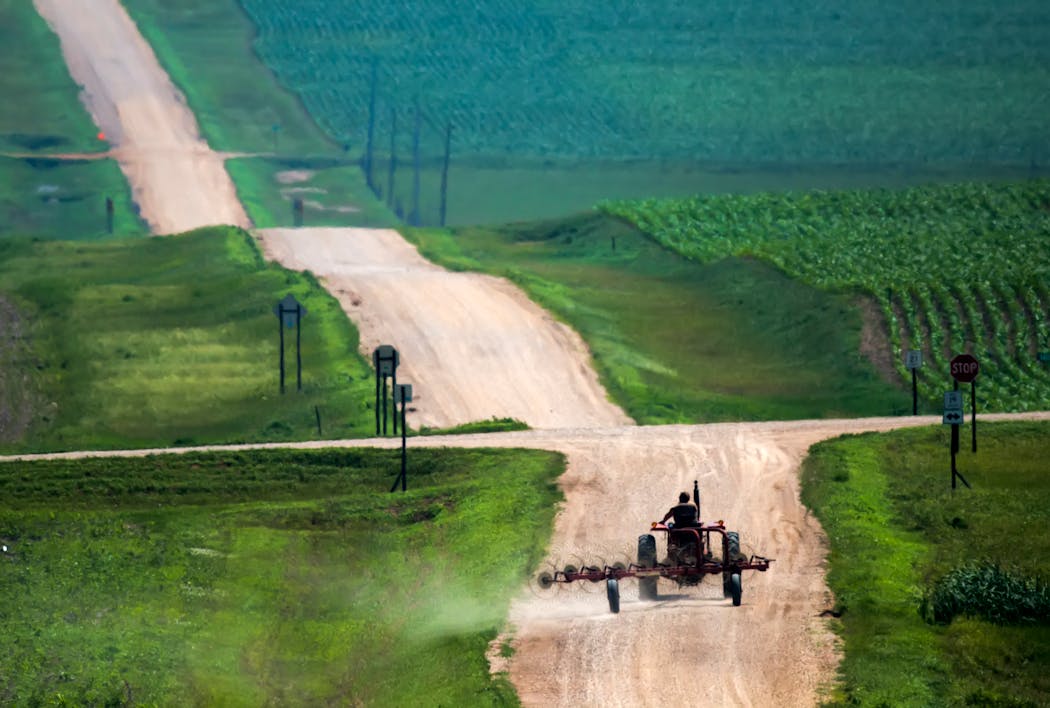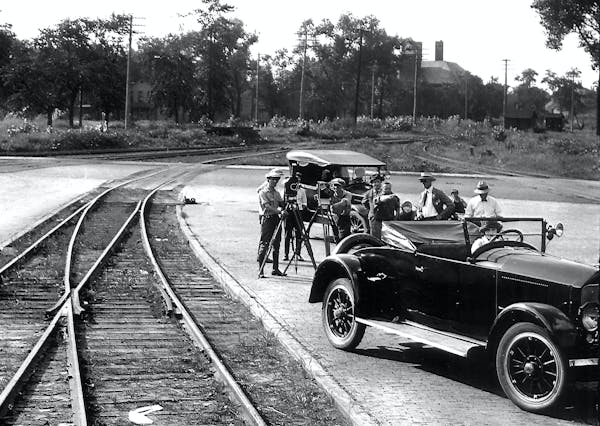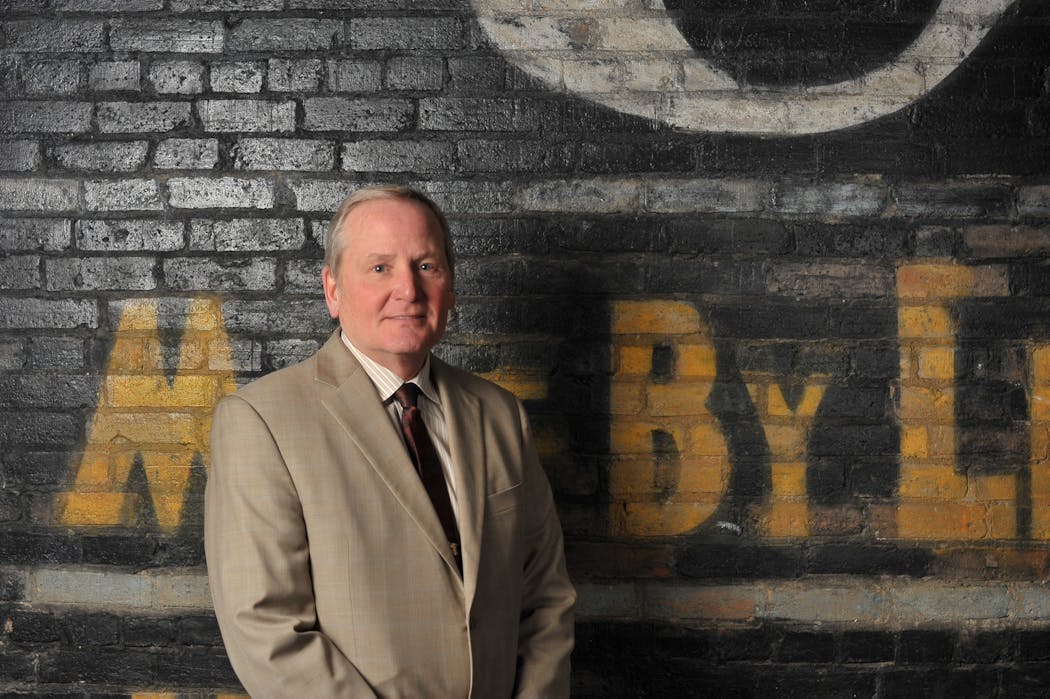640th Avenue? 180th Street? The backstory behind long rural addresses
Listen and subscribe to our podcast: Via Apple Podcasts | Spotify | Stitcher
Growing up on a farm southwest of the Twin Cities, Paul Christensen did not have a formal address. His family simply lived on Rural Route 2.
So he is puzzled by the lengthy addresses he notices while driving around rural Minnesota, such as 76583 640th Av. He has consulted statewide maps online to understand the grid, to no avail.
"I could not find where point zero is. Where do they start?" asked Christensen, who now lives in Roseville. He sought answers from Curious Minnesota, the Star Tribune's community reporting project fueled by reader questions.
The condensed explanation is that counties created rural address systems starting in the 1980s — during the implementation of 911 — to help first responders locate people in remote areas. These rural addresses apply to unincorporated areas, and generally have no relation to streets in nearby cities. "Point zero" for these rural streets and avenues is typically a county border or central roadway.
And because of how these grids were organized, many rural addresses convey a surprising amount of information about a property's geographic location.
A piecemeal system
Before the introduction of formal addresses, mailbox and fire numbers helped mail carriers and firefighters find homes in remote areas. This resulted in a piecemeal system that was unreliable in many emergency situations. Without 911, residents called their local police or fire departments directly — assuming they knew the number — and explained their location.
"It ended up with a lot of burnt foundations, let's put it that way," said Tom Grones, who oversaw Stearns County's switch to 911 in the 1980s. He later founded a company, GeoComm, that implemented 911 systems — including new addresses — for most of the state's counties.
Michael Mattson experienced the shortcomings of the old address system firsthand when he was 10 years old in 1990, living outside Roseau in northwestern Minnesota. One day during breakfast, his mother collapsed from heart failure and Mattson called for help as his father performed CPR.
Mattson told the emergency dispatcher his address: Rural Route 1, Box 10A. But they needed more information.
"So I'm describing, 'You head towards Warroad on the main highway. Then you go north at the cemetery. And then you go past the lagoon. … Turn right after the bridge.' That kind of thing," Mattson said.
It took the ambulance upward of 30 minutes to make what should have been a 10-minute drive. Mattson's mother died. It is not clear whether the response time was a factor in her death, though he has sometimes wondered what would have happened if they had arrived earlier.
"There is obviously a lot of negative societal impact when people feel that the institutions that they are told [will] take care of them seem to fail," Mattson said. "And that leads to anti-social behavior, distrust in institutions, things like that."
How the grids work
The Legislature mandated that all counties implement 911 systems during the 1980s. Many rural counties initially chose basic 911 systems, which are merely centralized call centers. But most later switched to "enhanced" systems, which give dispatchers the location of the caller aided by a formal address.
This required creating grids that addressed about half the county's residents — excluding people in cities. Each county's grid is slightly different, but Grones helped develop a methodology that was widely adopted around the state.
The grids are commonly composed of numbered streets and avenues — curved roadways are often named. Every 10 streets or avenues represents 1 mile, and each block has 100 potential addresses.
To avoid confusion with city streets and avenues, many rural numbering systems begin at 100 or higher. In Aitkin County, for example, the numbering starts at the intersection of 100th Street and 100th Avenue.
Other counties have unique street and avenue names. In Waseca County, streets range from 1st Street to 180th Street and avenues range from 200th Avenue to 440th Avenue.
House numbers correspond to where they are on the grid. In Otter Tail County, for example, the address 36055 163rd Street is between 360th and 370th avenues, according to the county website. Because the county's streets begin at 100, 163rd Street is 6.3 miles north of the county border.
'Belongs in Brooklyn, N.Y.'
The new addresses drew opposition from some rural residents who preferred the existing system. Grones quickly learned this while presenting the change to Stearns County's 37 township boards.
"Many of them wanted to run me out of town on a rail," he said. "No matter what you name a road, somebody lives on it that hates that name. I guarantee you."
Opposition to rural addressing delayed the implementation of enhanced 911 in Winona County for many years, according to the Winona Daily News.
"Rural addressing. The mere whisper of those two words can spark loud and sustained controversy in Winona County," the paper reported in 1993 (a decade before the addresses were finally rolled out).
In nearby Goodhue County, a resident was quoted by the Associated Press objecting to the idea that his unnamed road would become 300th Street Way.
"It's a name that belongs in Brooklyn, N.Y., not rural Goodhue County," they said, according to the 1991 article.
Despite the controversies, Grones said that rural addressing has proven its value in reduced response times.
"It's fair to say today, throughout the state of Minnesota, because of these addressing systems, every day lives are being saved in the state," Grones said. "And property damage is being mitigated."
If you'd like to submit a Curious Minnesota question, fill out the form below:
Read more Curious Minnesota stories:
How did these 11 Minnesota towns get their unusual names?
Are roundabouts really safer than traditional intersections?
Why do some major Twin Cities highways not connect directly?
Did modern Minnesota roads evolve from Native American trails?
West, North, South, Park: Why are there so many suburbs named St. Paul?
If there's a 'Greater Minnesota,' where is 'Lesser Minnesota'?






